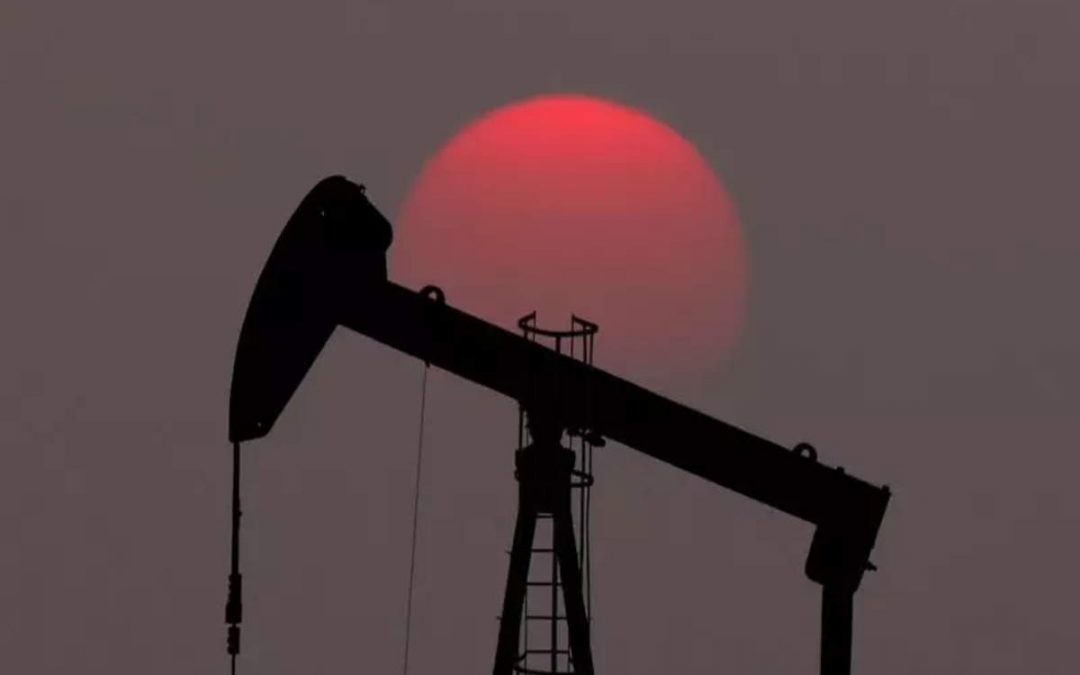This past year has seen the OPEC Secretariat research team take onboard a variety of energy policy shifts, reassessments of the speed and nature of energy transitions, as well as developments in the economic landscape, to revise up the long-term oil demand outlook in our World Oil Outlook (WOO) 2023 to 116 million barrels a day (mb/d) by 2045.
This is more than 6 mb/d higher than in the WOO 2022, and there is potential for the level to be even higher.
It is interesting to note that almost half of this revision comes from OECD countries, which are up by 2.6 mb/d compared to the WOO 2022. In contrast, previous WOOs had seen slight downward revisions to OECD oil demand in 2045.
The OECD oil demand increase comes on the back of significant energy and economic-related developments, as populations glimpse what many initial net zero policies and targets mean for them, and policymakers reevaluate their approach to energy transition pathways.
This has been seen in many European Union (EU) nations, the UK, the US, Australia and more, with pushbacks on ambitious policy targets as governments place more priority on energy security and socio-economic development, such as the UK postponing the ban of ICE sales and the EU significantly softening EURO 7 emission standards. This will directly affect oil demand in these countries and regions, and will likely have spillover effects to other regions resulting in slower efficiency improvements. In addition, some renewable projects have been delayed or even shelved due to rising costs and supply chain constraints.
In the non-OECD, where oil demand is up by 3.4 mb/d compared to the WOO 2022 the story is slightly different.
The revision is the result of a combination of less strict policies and faster economic growth, which leads to faster industrialization, a larger middle class, an expansion in transport services, improved energy access and a faster shift to modern energy sources.
As a result, most oil consumption sectors expand faster than previously anticipated, including industry, petrochemicals, aviation and residential.
Part of the change on the road transportation side is a higher total number of vehicles for both passenger cars and the commercial sector. The impact of higher oil demand is particularly apparent for commercial vehicles, where electrification options are limited.
The upward oil global demand revision also needs to be placed in the context of the world needing more from all energies, the exception being coal, as populations expand and economies grow in the decades to come. In the WOO 2023, global energy demand expands by 23% in the period to 2045, with global oil demand increasing by around 17%, and renewables (including solar, wind, biomass and hydro) expanding by more than 200%, albeit from a low base.
Some question whether there is enough supply to meet this expected oil demand, and whether it can be achieved by simultaneously reducing emissions. The answer to both questions is a definite yes.
There are clearly enough resources, with the world’s proven crude oil reserves at over 1.55 trillion barrels. The key issue is investment in an industry that is capital intensive and with long-lead times, and one where the products derived from crude oil are essential for our daily lives.
In the WOO 2023, investment requirements out to 2045 total $14 trillion, or around $610 billion on average per year. We need a long-term stable investment-friendly climate, one that works for producers and consumers, and we need to move away from the misguided idea of no longer investing in new oil projects.
The oil industry is also taking huge strides to reduce emissions. The industry, with OPEC Member Countries playing an important role, are already investing heavily in hydrogen projects, carbon capture utilization and storage facilities, carbon dioxide removal, direct air capture and the circular carbon economy.
OPEC and its Member Countries will be present at COP28 in the UAE later this year, and we look forward to emphasizing the need for just and inclusive energy transitions that follow an all energies, all technologies and all peoples approach.
The WOO 2023 has taken an honest look at the realities on the ground, and what each energy can offer in terms of delivering energy security, energy availability and reducing emissions. It is evident that oil can deliver on all three, and it is central to why we see no peak for oil demand out to 2045.
Source: Hellenic Shipping News





